Myanmar really only hit our radar after Henk and I decided we wanted to visit Southeast Asia for the first time, and we were trying to decide where to go. (Another reason why Myanmar hadn’t popped up before was probably because up until a few years ago, the instability of its government put Myanmar on more travel advisories than travel bucket lists.)
Nevertheless, on the rave reviews of people who had been there, and after reading several travel articles that “now is the time to visit!” before tourism spoils the country, we decided Myanmar would be the first country we’d visit in this part of the world. That choice turned out to be a stellar one, and gave us a glimpse into a country not just unspoiled by tourism, but one that is full of riches of every possible kind. Here are a 3 of the priceless Myanmar attractions that you’ll discover, too.
1. Archaeological Wonders
If you’ve never heard of Bagan, the historical capital of one of the most important ancient kingdoms of Myanmar, that is about to change, especially if UNESCO finally places it on their list of World Heritage Sites (which it is bound to soon). From the 11th to 13th centuries, during the height of this kingdom’s power and influence, Bagan boasted over 10,000 gold-topped temples, pagodas and shrines and was the glittering centre for religious and secular studies, as well as the economic and cultural nerve centre for the region. Today, over 2,000 of these Buddhist shrines still remain – in various states of repair – making this archaeological site as significant as Angkor Wat in the minds of many historians and travellers. It’s also why Bagan is the most poplar of Myanmar attractions.
The stupa-studded landscape that emerges from the mists every day at sunrise has become as identifiable and iconic to Myanmar as Machu Picchu is to Peru, or the pyramids are to Egypt. It’s a view that every visitor to Bagan rises before dawn to see, ideally from a perch high atop one of the larger temples where they’ve climbed – barefoot – to get the perfect view of the sun’s first rays illuminating the ancient structures.
Of course Henk and I joined the other travellers in this sunrise and sunset ritual, as well as touring the sites on foot, by day and night, on horse cart, and even from the vantage point provided by a hot air balloon ride (one of Bagan’s must-do’s). Like something straight out of Tolkein’s Middle Earth, the beauty and magic of this landscape is difficult to describe, and we did our best to try to capture it so that we would remember not just the visual beauty of Bagan, but the experience of visiting it before it becomes a household word.
But when it comes to Myanmar’s archaeological riches, Bagan is only the tip of the iceberg, and we discovered that there were many more sites to be explored, from caves filled with hundreds of Buddhas literally carved out of its rock, to Inle Lake’s 1000+ sixteenth century stupas, where we were by ourselves wandering the ruins, with only the sound of the bells on the shrines’ ‘umbrella’ toppers tinkling in the breeze.
TIP: When it comes to Myanmar attractions, Henk and I both felt that Inn Dein near Inle Lake was one of the most impressive sites, and is much less visited than Bagan.
2. Religious Gems
With 90 percent of its population Buddhist, it’s no wonder that Myanmar is home to some of the most spectacular Buddhist shrines in the world. As first-time visitors to Southeast Asia, Henk and I got our first introduction to Buddhism with a visit to the Shwedagon Pagoda, the architectural jewel of Yangon. As first impressions go, it doesn’t get much better than this.
Home to relics from all four incarnations of Buddha, the 2600 year-old Shwedagon is to the people of Myanmar what the Vatican is to Catholics, or Mecca is to Muslims, making it THE most popular Myanmar attraction for locals and visitors alike. Elegant and beautiful in its proportions and design, priceless in terms of its spiritual significance, this pagoda complex draws Myanmar pilgrims from far and wide, who in their generous donations have also made this a monument of incalculable value: clad in plates of real gold, 60 tonnes of which have been riveted to its 99-meter high stupa, the pagoda is also embellished with over 7,000 precious gemstones, an umbrella laden with jewel-encrusted bangles, necklaces and earrings donated by its visitors, and its crowning glory – a 76-carat diamond on its uppermost point! A veritable mountain of gold, mosaics and marble, the only way to estimate the value of the Shwedagon pagoda would be to quote Mastercard’s tagline: priceless.
From mountains of gold, to boulders of gold on mountains, Golden Rock, a shrine located a good half-day from Yangon, ranks in the top 3 pilgrimage sites and therefore is one of the top Myanmar attractions. Reputedly resting on a single sacred hair of the Buddha, which keep this massive rock from tumbling off its hilltop perch, Golden Rock gets its name from the layers of gold leaf deposited on it over the years by devoted pilgrims who make the journey up the hill (only men can deposit the gold leaf, however, as women are forbidden from touching the rock). Given that the gold is more than an inch thick in places, that single hair is certainly being put to the test as the weight of the 25-foot high boulder increases every year.
The gold leaf industry is certainly kept busy in Myanmar, since the precious metal is used everywhere in shrines across the country, including another of the country’s most sacred sites, the Phaung Daw Oo pagoda on Inle Lake. Here, five small Buddha statues (9-18 inches tall each) are enshrined and steeped in a legend all their own: apparently, in the 1960’s, during a ceremonial voyage when the statues are placed on a Golden Barge and toured around the lake, a sudden windstorm capsized the Barge, tossing the statues overboard. Only 4 of the 5 statues were recovered from the muddy bottom, much to the dismay of the festival organizers (a karmic understatement!) However, when the organizers returned to shore to restore the four recovered Buddhas to their place in the pagoda, they discovered the missing fifth Buddha statue, already perched on its pedestal, having somehow miraculously found its own way home from the bottom of the lake.
Since that time, pilgrims who visit the shrine have added so many layers of gold leaf to the statues that the Buddhas are unrecognizable, their features completely obscured so that they now appear to be featureless solid gold blobs – blobs that continue to grow larger and heavier by the day.
3. Priceless people
A Pa-O lady doing laundry near Inle Lake
Beyond its archeological and spiritual wonders, perhaps Myanmar’s greatest treasure is its people. Genuine, generous beyond their means, even, and always ready with a smile, an invitation to their festivals, or an offer of food or hospitality, the people we encountered were as curious to learn about us as we were them, and everywhere we went we found ourselves feeling a little like celebrities. Young and old, in big cities or small villages, people wanted to take their photos with us, not the other way around, and these encounters made for some wonderful experiences along the way.
One of the most charming ones happened when we had stopped at a local roadside restaurant to grab lunch, nowhere near any tourist destination. In fact, as we sat down to eat some soup, we were the only foreigners in the place, and one little girl who was with her family a few tables over could not take her eyes off of us. Seeing the 8 year-old’s wide-eyed curiosity, I suggested that Henk get his pocket printer out of the van, so that we could take a photo and give it to the little girl.
When we asked the family if we could take a photo of them, they were happy to oblige, without realizing that we would be able to print out the image right there and then. Needless to say, once we demonstrated the printer, half the restaurant got involved, even Dad, who thought this was pretty terrific.
Next thing you know, we were printing photos for each of the girls with us in them, taking photos outside the restaurant, and learning each other’s names – to the point where we were holding up the rest of the passengers on their ‘bus’ while we printed out souvenir photos to take with them.
I can’t say whose smiles were bigger, ours, or theirs, as they bounced off down the road, waving goodbye with a little photo memento of their random meeting with 2 Canadian visitors. I’m not sure who it was that first said ‘Travel is the only thing you buy that makes you richer’, but after experiencing the riches of Myanmar on our recent visit, it’s hard to argue with that statement. I only hope that in the years to come as the country welcomes more and more visitors, these travellers will appreciate, not exploit, these riches.TIP: If you’re going to Myanmar, get a pedicure – and that goes for you men, too! Since temples are holy sites, you can only enter them barefoot, so you’ll want your feet looking their best even though they’ll be getting a workout, especially if you plan on climbing the brick temples in Bagan, or the 777 steps up to the Mt. Popa hilltop monastery. You’ll want to bring shoes that are easy to take on and off, too – a great reason to pack your favourite flip flops.

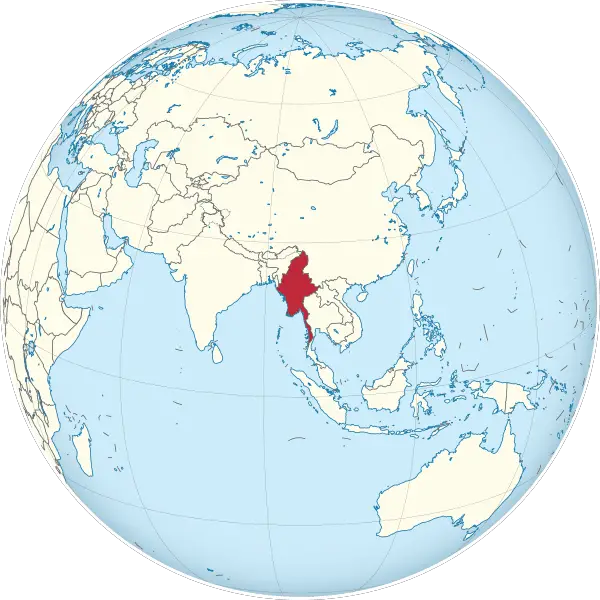
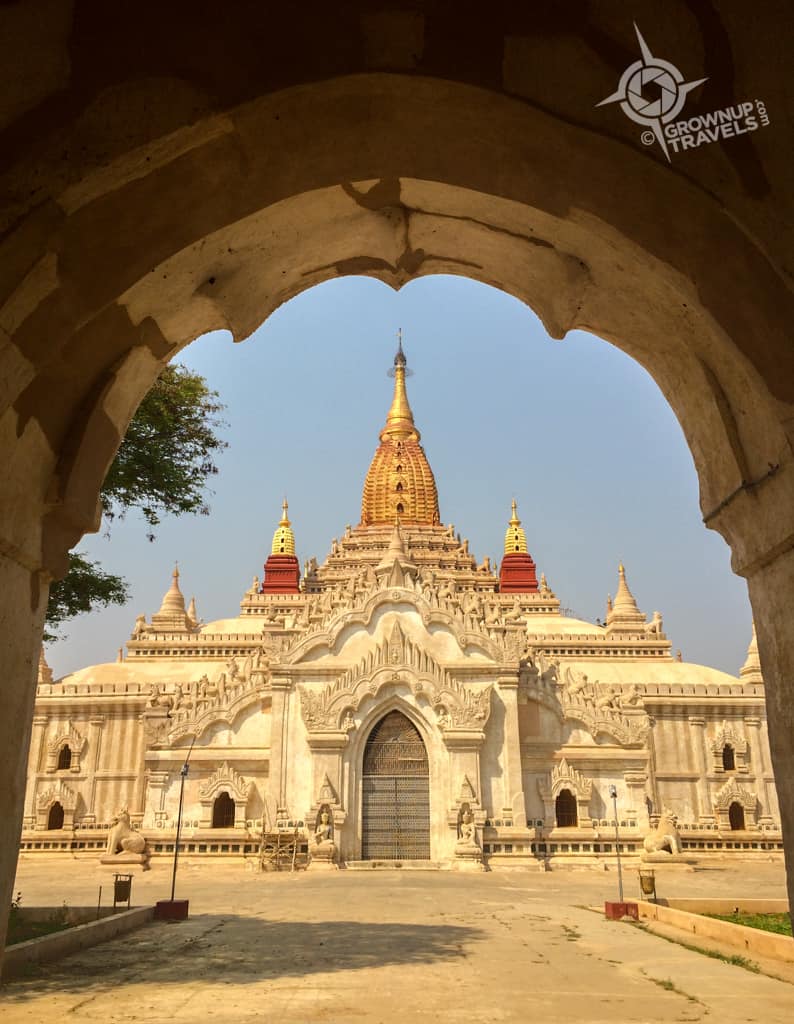
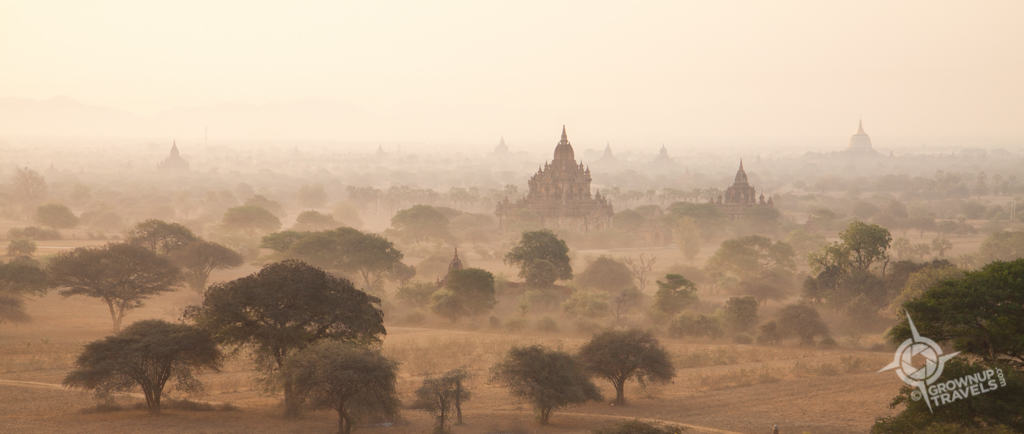
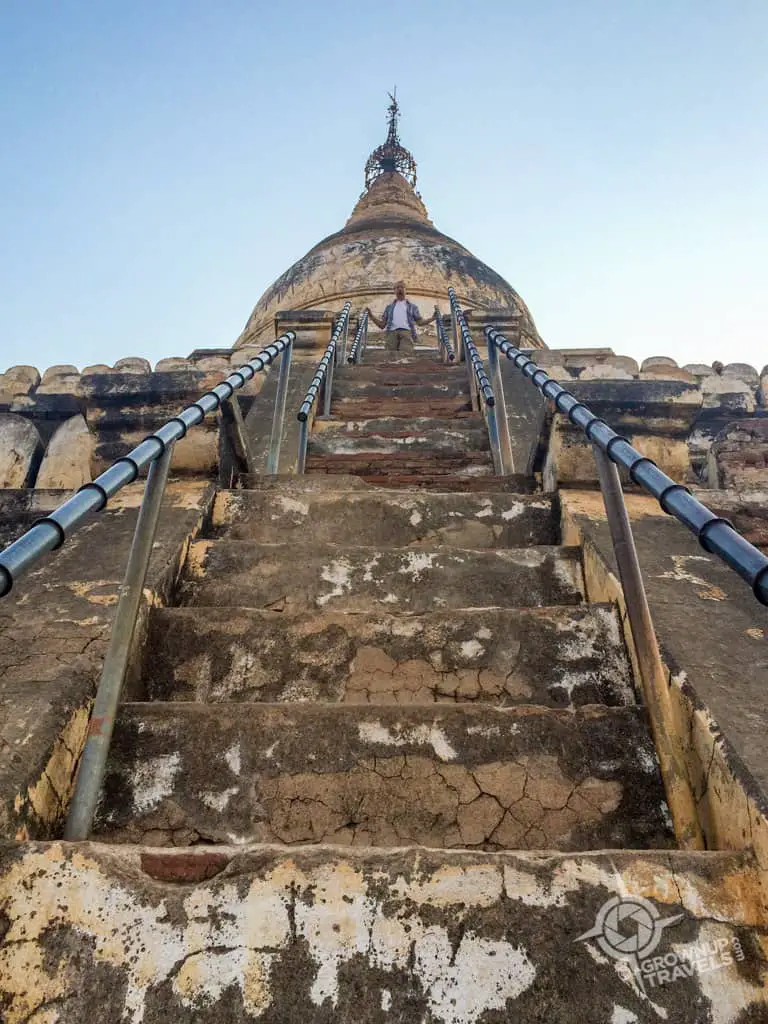
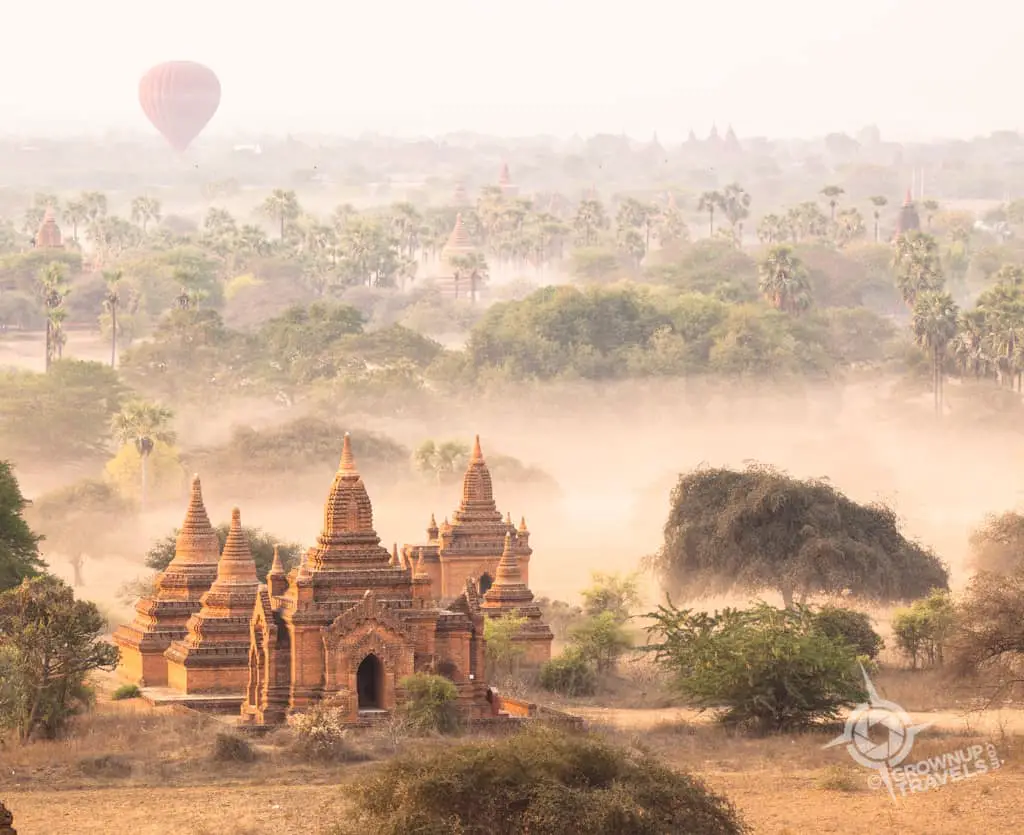


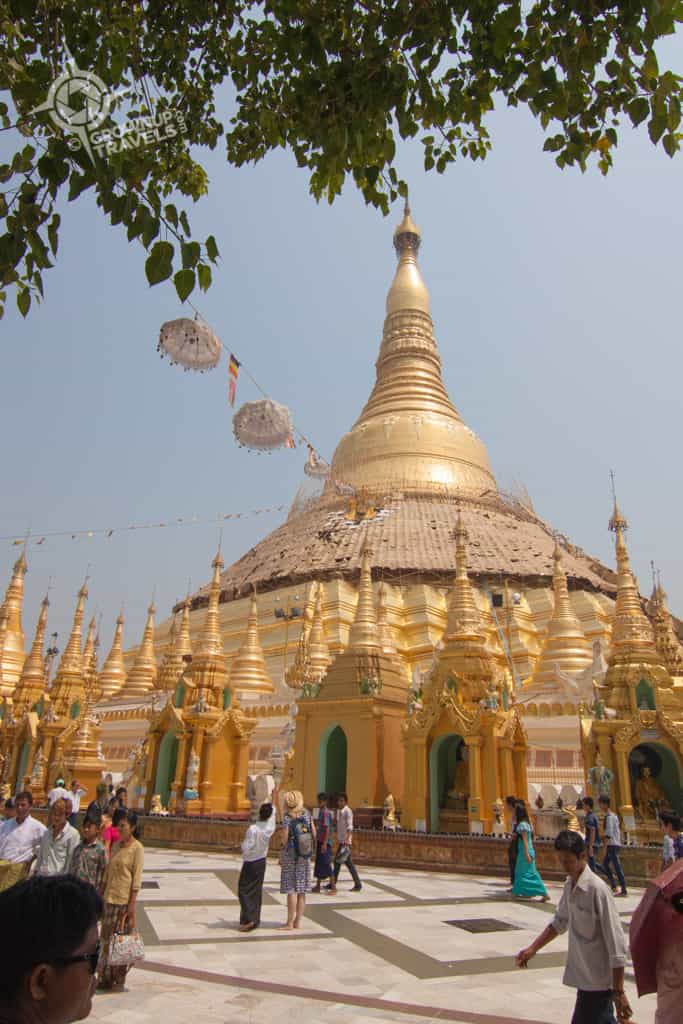

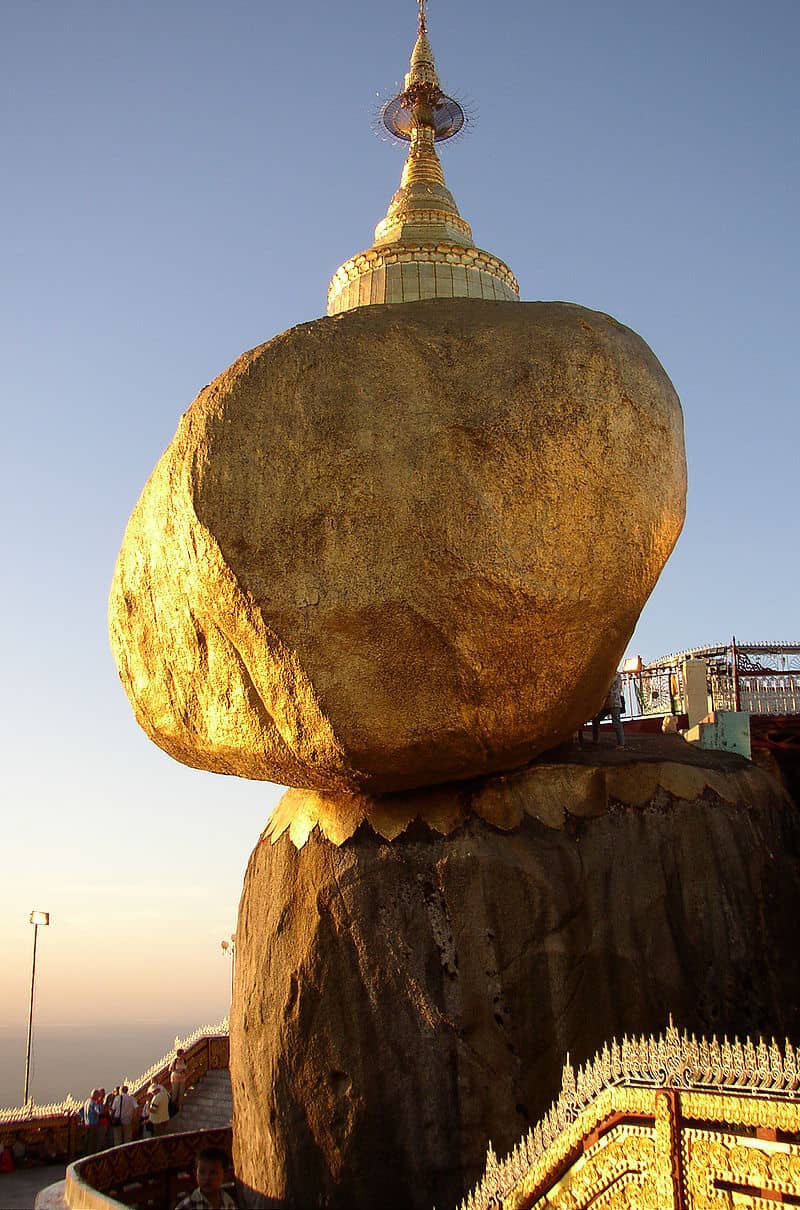
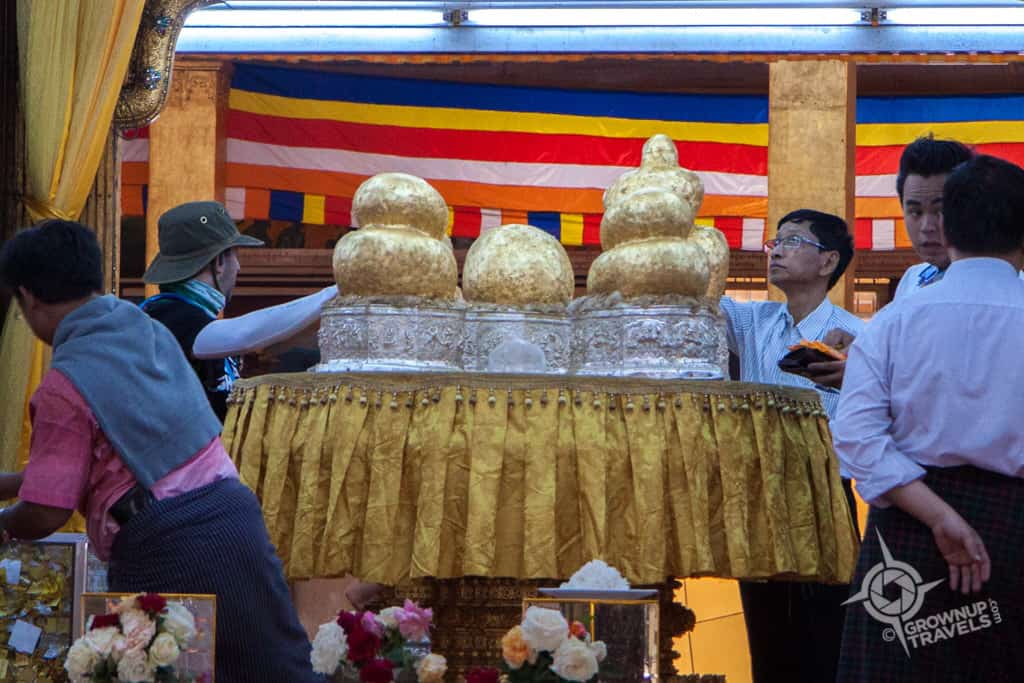
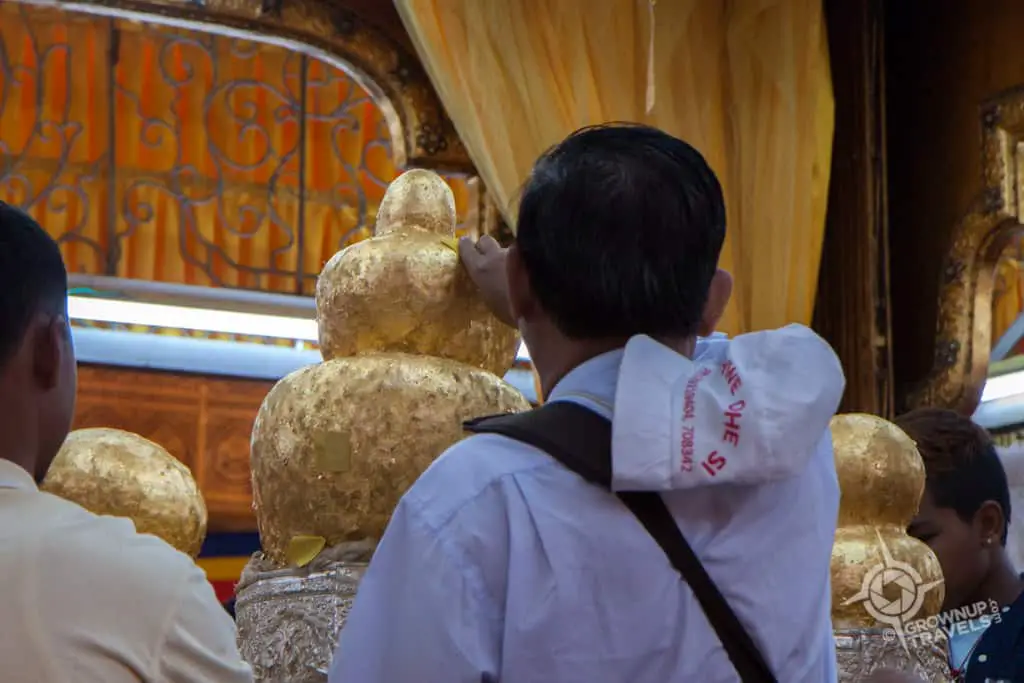
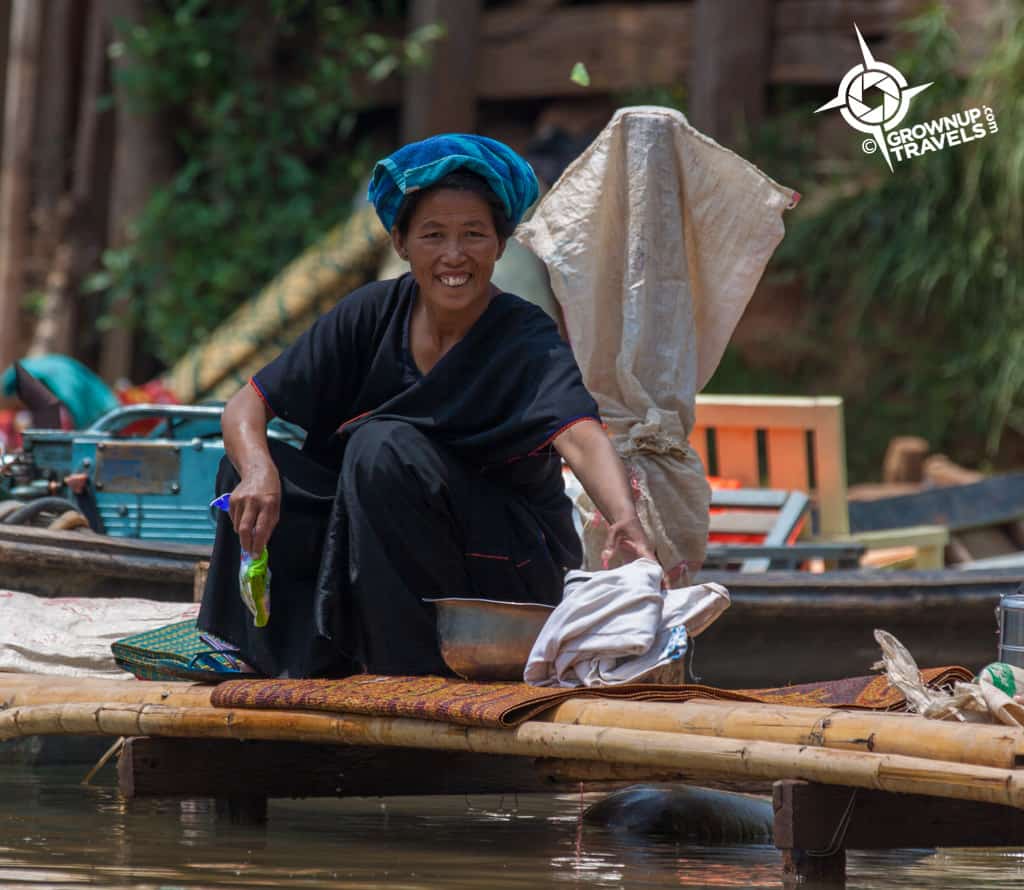
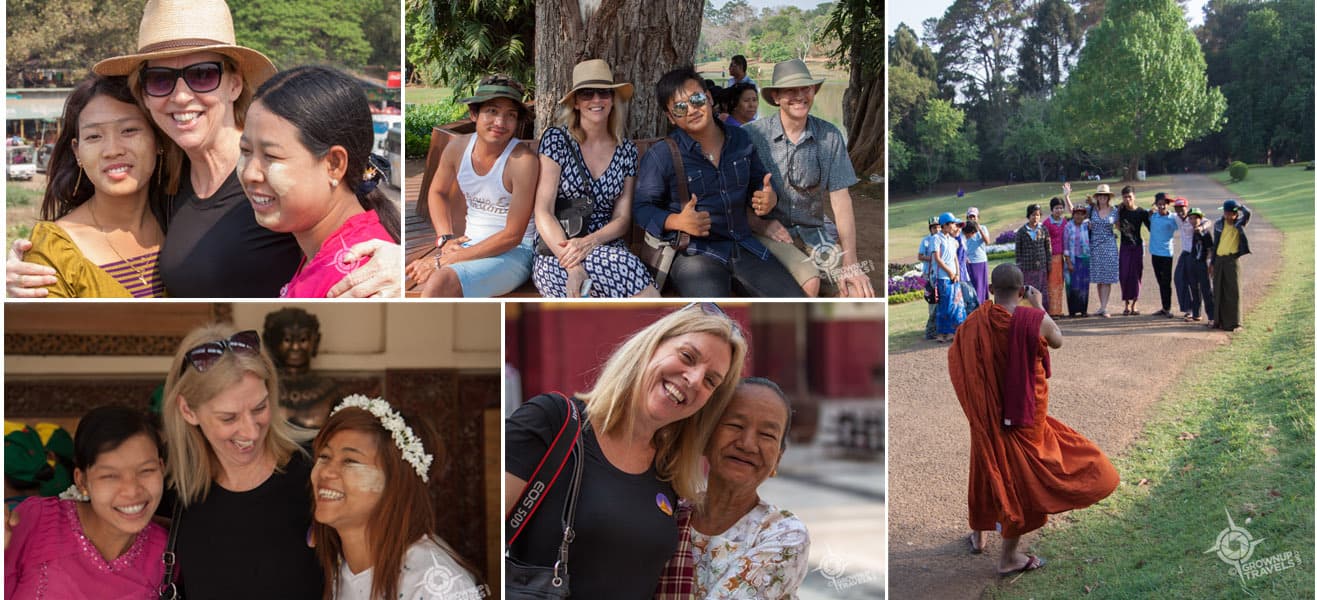
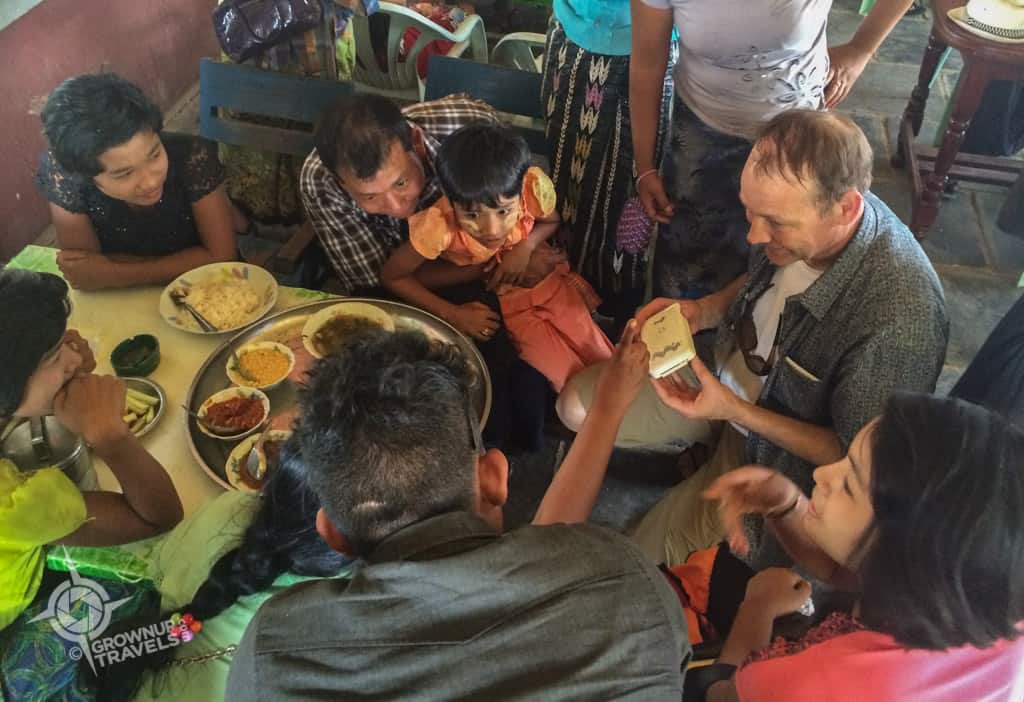

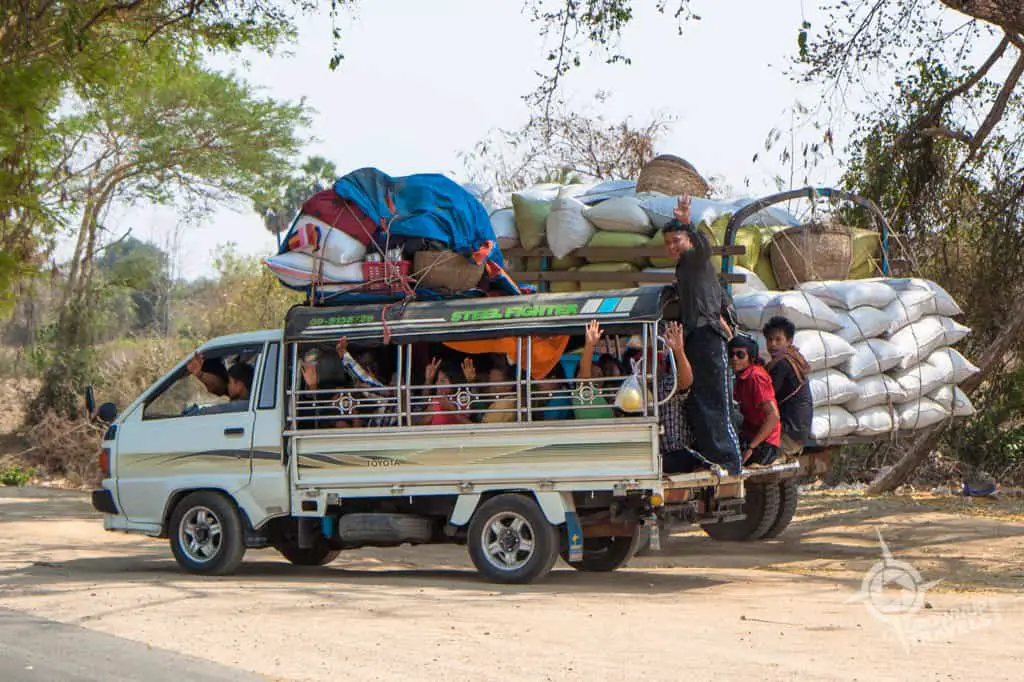
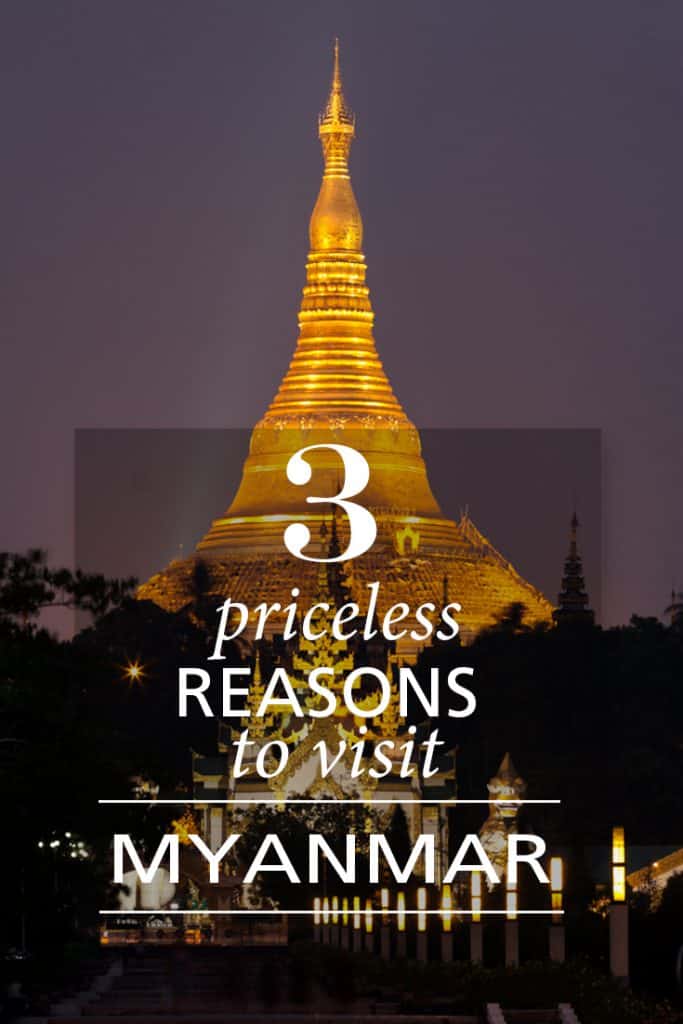


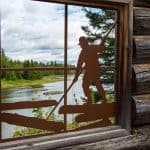

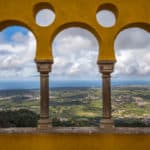






Amazing!!! Years ago when I was wandering around the Indian sub-continent and Thailand, I met a few travellers who had visited Burma, as it was then. It was difficult to get to and I didn’t have the courage to try. Thanks for sharing this beautiful place and it has been on my bucket list a very long time…
So glad I’ve inspired you Yasha! Myanmar has obviously changed a lot – and will continue to do so, so get there as soon as you can!
Looks like you loved Myanmar as much as I did when I visited last year. Your photos are gorgeous and brought me right down memory lane! I’d also suggest bringing some wipes for your feet after going into the temples. It was really dusty, especially in Bagan. What a great gift to brink a pocket printer with you. The connection you made will last a lifetime.
You’re absolutely right about the wipes! We always had some with us, as did our drivers when we had a car. And thank you so much for the compliments about our photos!
Fantastic post and your photos are incredible! I am Tweeting this…it needs to be shared!!
Thank you so much, Marilyn. I saw your tweet and can’t thank you enough. I hope you enjoy the next post, too!
An amazing post – your photos are just incredible. And I loved the story about printing the photos. We know what it’s like to be objects of curiosity; what a lovely memory you created for all of you. Yes, what Suzanne said: more information on where you stayed, etc. We really want to visit.
Thank you, especially about our photos. Henk (my hubby) and I work as a great team on that aspect of the site, and we are proud of what we try to capture. And since he’s the tech-geek, the printer was right up his alley! As for the info on where we stayed, check it out here: https://www.grownuptravels.com/accommodations-in-myanmar/
Your photos are fantastic!. I especially love the one of the vegetation starting to overtake the temples, with the temple top leaning precariously. I hope to visit Myanmar soon.
Definitely go sooner rather than later! It’s so wonderful being in a country that is as yet unjaded by tourism! Let’s hope it stays that way. (and thank you for the compliment about the photos!)
This is a spectacular post! Those photos with the fog don’t look real! I love how you became part of the local story. They will share the story of you printing photos for them. What a great gift! I hope you will write follow up posts about your accommodations and anywhere else you visited!
Yes, there will be more to come for sure! And I’ve already posted info on where we stayed, etc, on the Accommodations page of the website. Check it out here: https://www.grownuptravels.com/accommodations-in-myanmar/